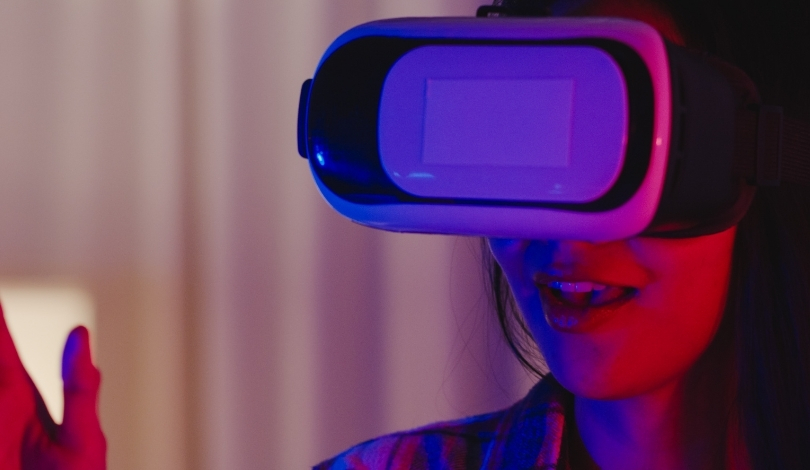In an article published in the Journal of Sensors, titled “A Smart Wearable Device Using Graphene Material‐Based Sensor for Neonatal Respiration Monitoring,” researchers unveil a promising alternative for monitoring neonatal respiration. This development aims to address the shortcomings of current respiration monitoring systems, which often require invasive techniques. The proposed system uses a graphene-based sensor, offering a flexible and precise solution that integrates seamlessly into daily clothing. While previous systems have relied on indirect measurements of thoracic impedance, this new device seeks to minimize discomfort and reduce the risk of infection in neonates.
New Monitoring System
Existing neonatal respiration monitoring protocols involve invasive techniques or indirect measurements, each presenting unique challenges. Traditional systems often require multiple wire loops, complicating the provision of parental and clinical care. In response, the newly proposed system leverages graphene material to create a monitoring device that is both precise and adaptable. This graphene-based device reduces the physical burden on neonates and can be embedded in regular clothing, offering a less intrusive monitoring method.
Key performance parameters of the new system were rigorously tested, including stress, sensitivity, stability, and response/relaxation time. Tests conducted at the Children’s Hospital of Fudan University in Shanghai, China, involved six neonates and demonstrated a strong correlation between the new system and existing medical-grade respiratory measurement equipment. This indicates the potential for this device to serve as a reliable alternative to conventional systems.
Clinical and Home Application
The feasibility of the graphene-based respiration monitoring device was validated through clinical trials, revealing its potential for both clinical and home use. The system’s flexibility and accuracy make it a compelling option for continuous monitoring of neonatal respiration, potentially improving the standard of care. By minimizing the physical and emotional strain on both neonates and their caregivers, this device promotes a more streamlined and comfortable monitoring process.
Compared to previous monitoring methods, the graphene-based device offers distinct advantages. Earlier systems often involved cumbersome setups, including multiple wires and invasive techniques that could lead to discomfort or infection. The new system’s design, focusing on flexibility and integration into everyday clothing, marks a notable shift towards more user-friendly and less invasive monitoring solutions.
Historically, respiration monitoring in neonates has been a challenging task, with earlier systems emphasizing indirect or invasive methods. These older systems, while effective in some respects, often lacked the level of comfort and ease of use that modern solutions aim to provide. Furthermore, advancements in material sciences, such as the use of graphene, have enabled the development of more adaptable and precise monitoring devices, reflecting a broader trend towards patient-centered care in neonatal medicine.
Another notable comparison is the shift in focus towards integrating medical devices with everyday items. This approach not only enhances comfort but also facilitates continuous monitoring without interrupting daily activities. The graphene-based device exemplifies this trend, demonstrating how innovative materials can be utilized to achieve significant improvements in medical technology.
Providing a comprehensive alternative to existing systems, the graphene-based neonatal respiration monitoring device addresses the limitations of conventional methods. Its precision, flexibility, and reduced physical burden on neonates make it suitable for both clinical and home environments. The successful trials at the Children’s Hospital of Fudan University underscore its potential efficacy and reliability. As technology evolves, such innovations are expected to significantly improve neonatal care by offering more comfortable and accurate monitoring solutions.










